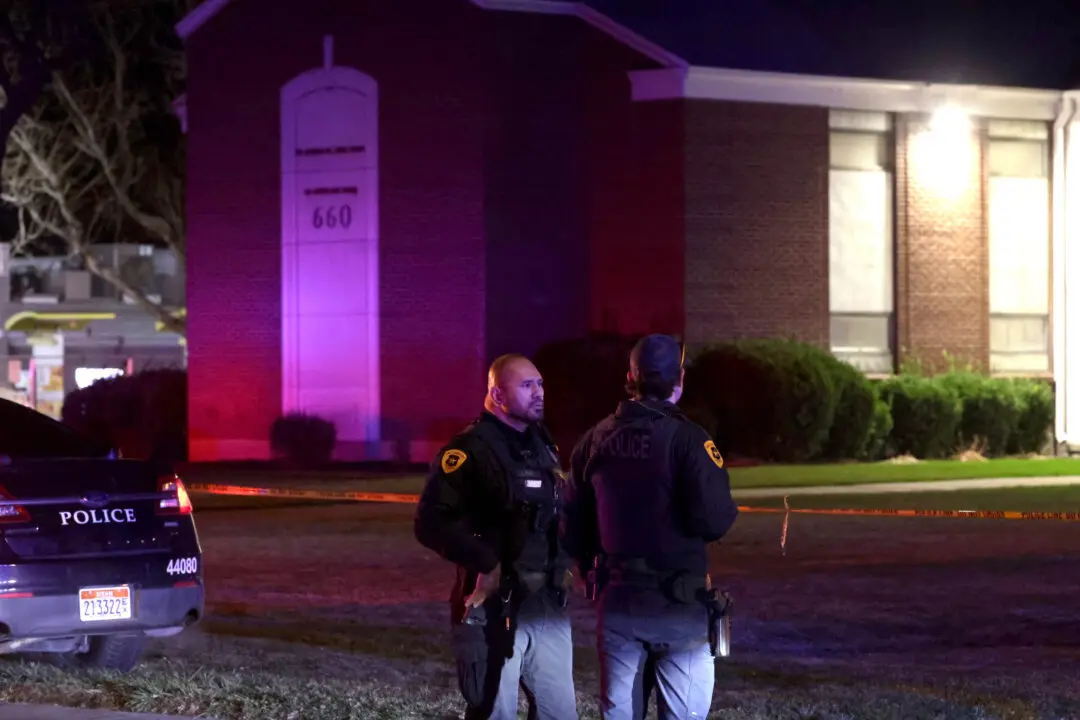ROME—The Vatican says internal migrants should have the same legal protections as refugees and says their children should have the right to birth certificates, education, and to be reunited with their parents if separated.
The Vatican on May 5 published a booklet of pastoral guidelines to care for internally displaced people — migrants who are forced to flee their homes because of conflict, natural disasters, or persecution but don’t cross international borders to seek asylum elsewhere.





